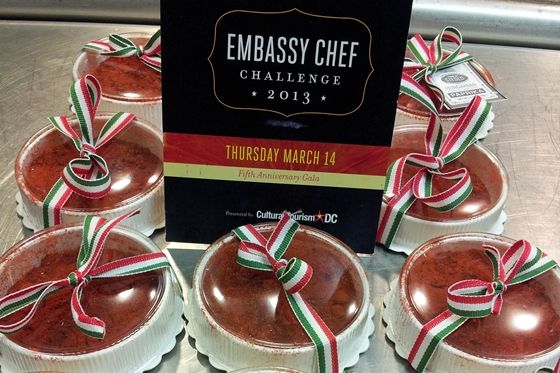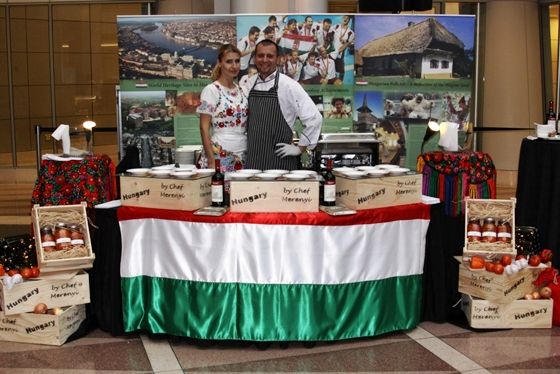Magyar Péter foghatja a fejét: ezért nem tudott növekedni a Tisza Párt népszerűsége

A szakértők szerint olyasmit igyekeztek vitorlájukba fogni, amiből nagyon nem jött össze a politikai haszonszerzés.

Recently in America’s capital, Hungarian paprika was the talk of the town. Chefs from embassies representing countries around the world faced off in the annual Embassy Chef Challenge, Washington's premier culinary competition, cooking up a signature dish within two hours from a list of surprise ingredients: tomato, rainbow trout, sour cream, and Hungarian paprika.
This is not your average weekend cooking contest, though. Chefs from Jamaica, Korea, Norway, Russia and other countries have been preparing for months to creatively use Hungarian ingredients in their cooking to impress the panel of culinary expert judges, including Chef Viktor Merényi, who was last year’s competition champion. Chef Merényi had the difficult task of judging his peers on how well they could use Hungarian ingredients. “The chefs might have been surprised by the sour cream, because nobody used it, but they were very creative in incorporating Hungarian paprika. Everybody tried to add it to the dish somehow,” Chef Merényi said. “It was also interesting to see all the different variations used for the rainbow trout. We tasted smoked, poached, grilled, pan-fried and oven-baked variations.”

